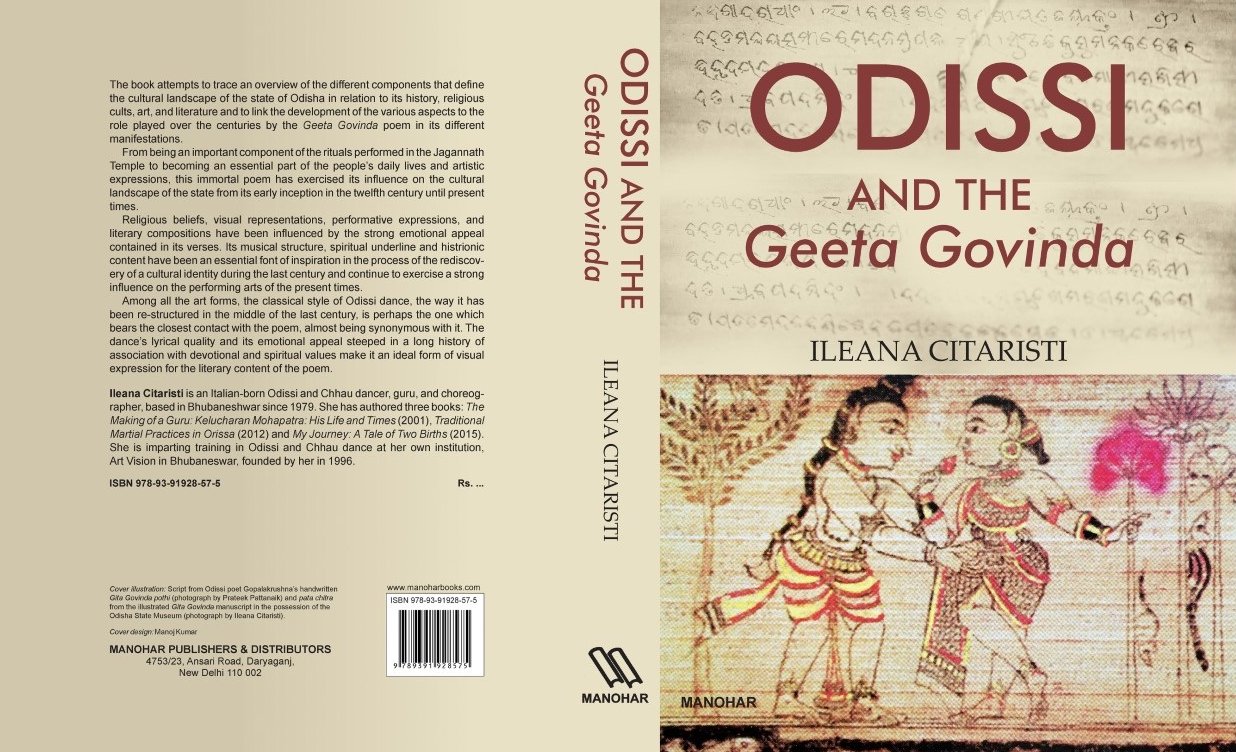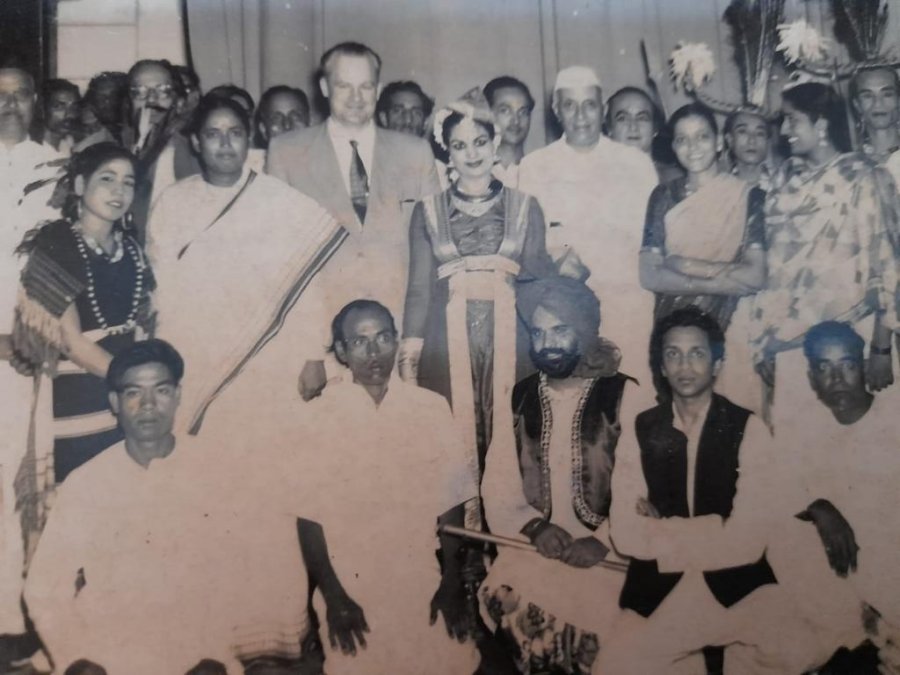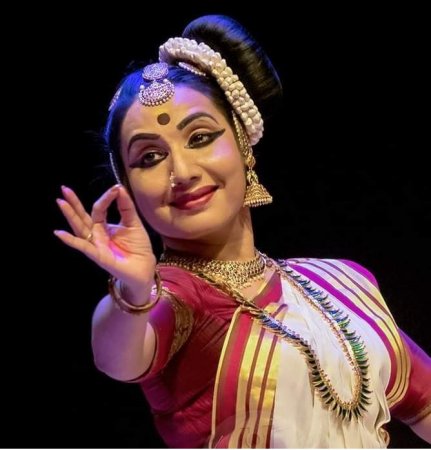Title: Odissi and the Geeta Govinda
Author: Ileana CitaristiPublisher: Manohar Publishers & Distributors
Year: 2022
Hardcover
ISBN: 9789391928575
Price: Rs.1500 approx.
An Odissi dancer and teacher of Italian descent, Ileana Citaristi, who made Odisha her home forty one years ago, has established credentials as an author, with her books Making of a Guru on Kelucharan Mohapatra (published in 2001), Traditional Martial Practices of Orissa (2012) and My journey-A tale of two births (2015). In her latest book Odissi and the Geeta Govinda brought out by Ajay Kumar Jain for Manohar Publishers and Distributors, she not only reiterates Odissi's special love for Jayadeva's prabandha, but also builds up a strong case for the Geeta Govinda having sown the very seeds of Odissi in the Orissan soil.
Pl provide your name and email id along with your comment






